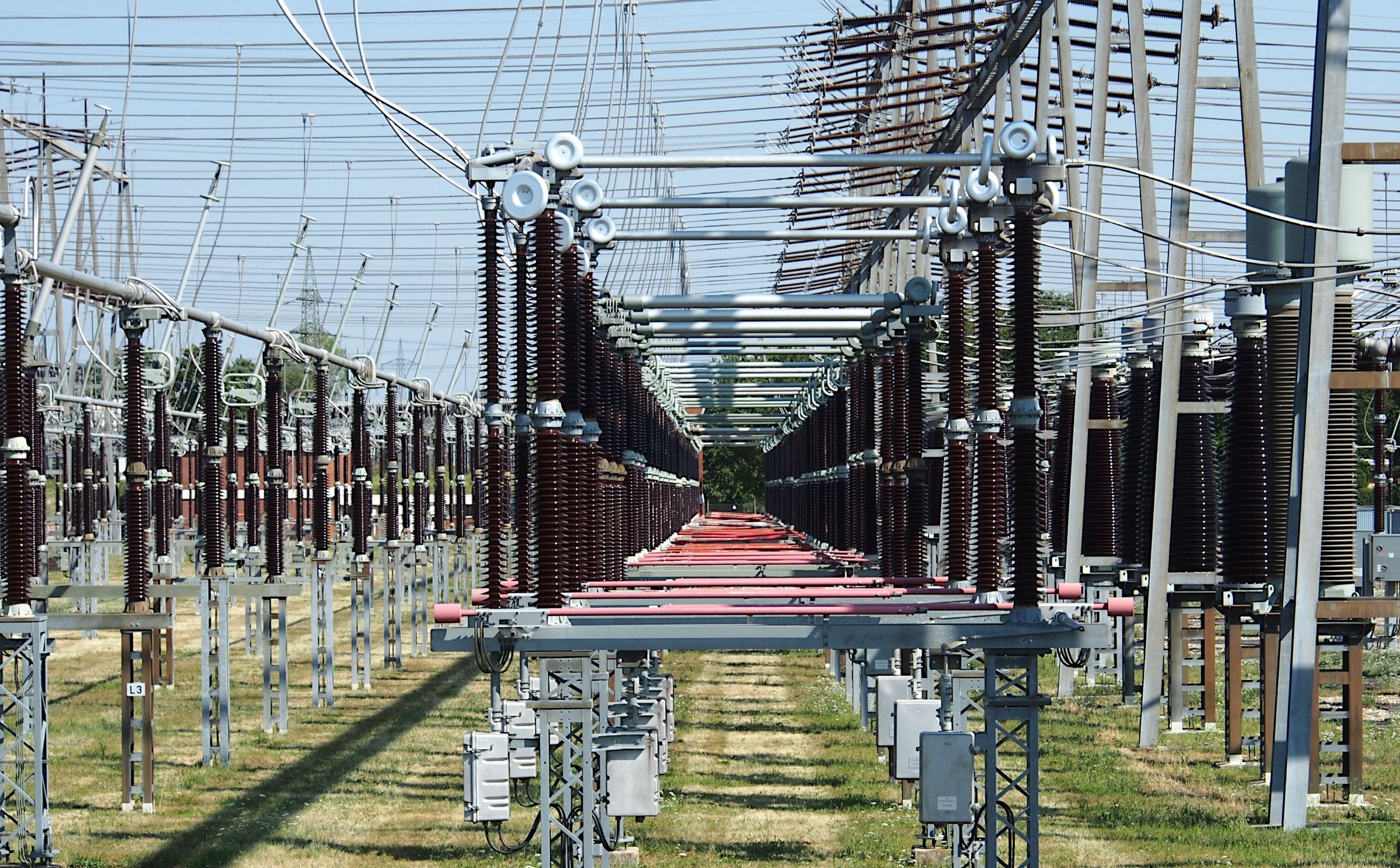SYNTHESIS AND CHARACTERIZATION OF ZnO/Al-DOPED CuO NANOCOMPOSITES FOR PHOTOCATALYTIC DEGRADATION OF ORGANIC POLLUTANTS
Keywords:
SYNTHESIS, CHARACTERIZATION OF ZnO/Al-DOPED CuO, NANOCOMPOSITES FOR PHOTOCATALYTIC, DEGRADATION OF ORGANIC POLLUTANTSAbstract
Introduction: The pollution of water resources by organic pollutants has become the burning environmental issue that is dangerous to human health and environments. Photocatalytic degradation has even shown potential in the degradation of organic pollutant in wastewater. Aim: The aim of this research was to synthesize and characterize the zinc oxide-modification of Al-Modified CuO nanocomposites towards the photocatalytic degradation of common organic pollutants.
Material and method: CuO, Al-CuO, 1% ZnO/Al-CuO, 3% ZnO/Al-CuO, and 5% ZnO/ Al-CuO nanocomposites were synthesized via the sol-gel technique. The nanocomposites were characterized by X-ray diffraction (XRD), scanning electron microscope (SEM) and UV-Vis spectroscopy. A photo-activity study of the nanocomposites comprised of degrading the methylene blue dye under visible light.
Results: The XRD measurements also supported crystalline structure of nanocomposites synthesized, and SEM indicated that the structure was non homogenous and relatively dense. UV-Vis spectroscopy showed that the nanocomposites have significant band gap, which explains high response in the ultra-violet region. The photocatalysis results authenticated the degradation capability of the synthesized nanoparticles in the use of visible light, with 3 percent ZnO/Al-CuO having the greatest photocatalytic activity.
Conclusion: The modified aluminum-doped copper oxide zinc oxide nanocomposites had good photocatalytic performance of organic pollutant degradation, to which zinc oxide was added. The outcomes imply that these nanocomposites will make effective, photocatalytic wastewater treating owing to the water treatment field of application
















